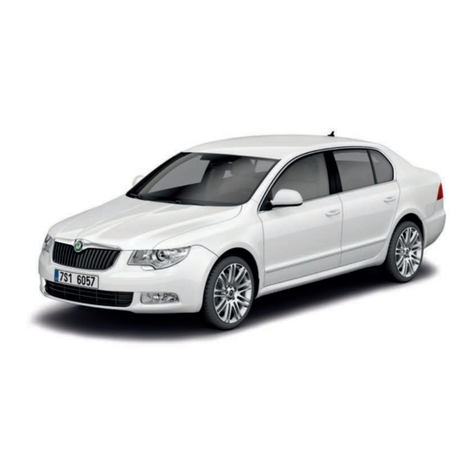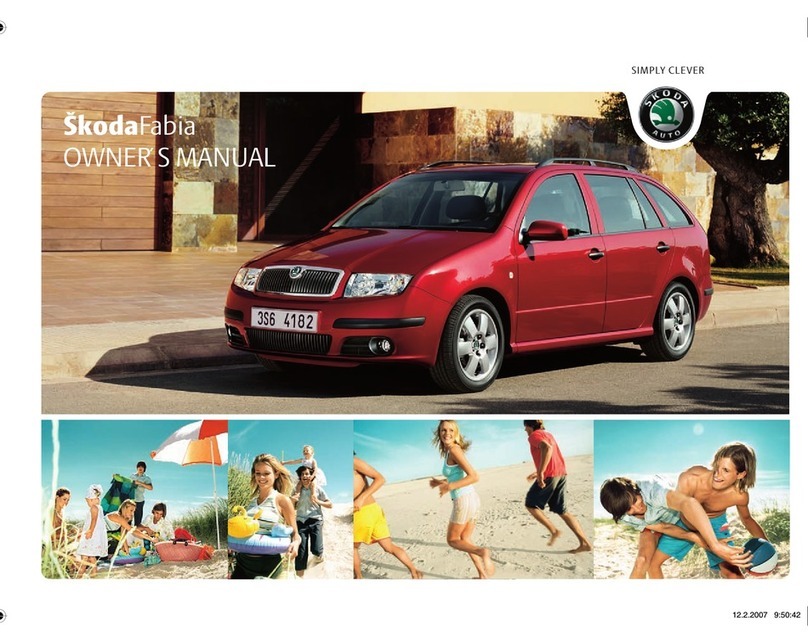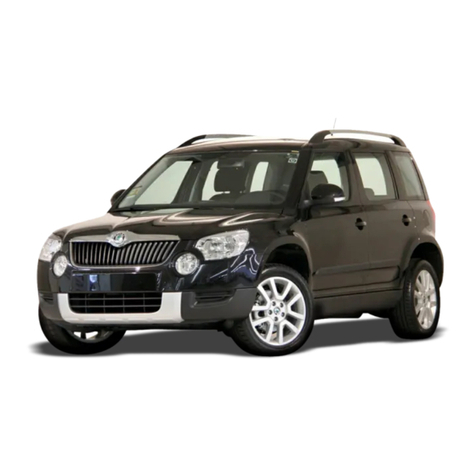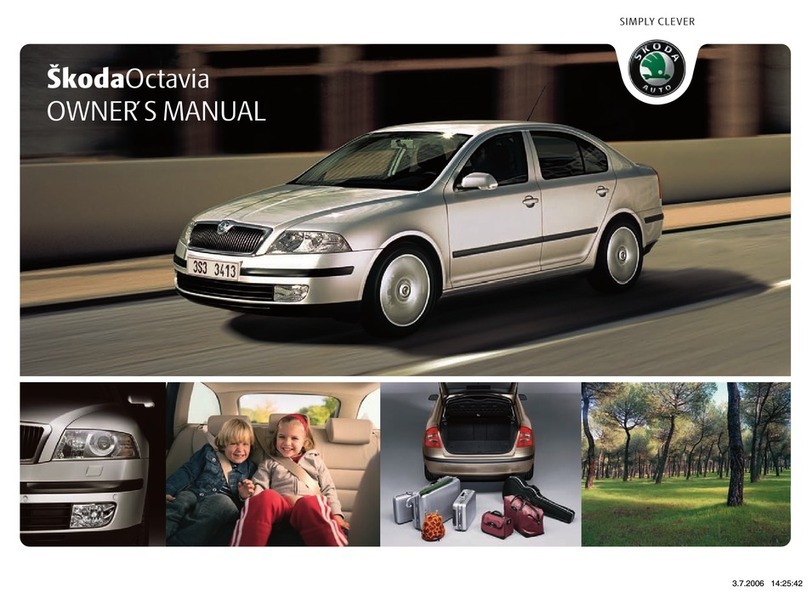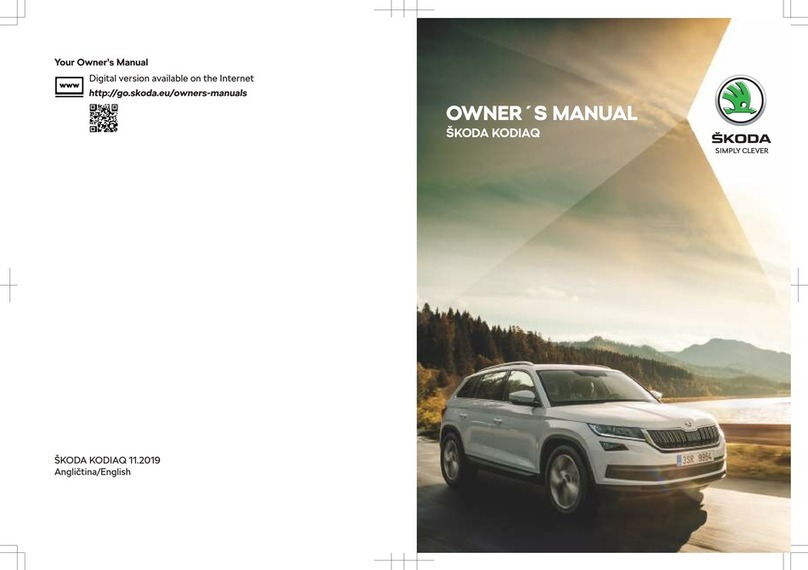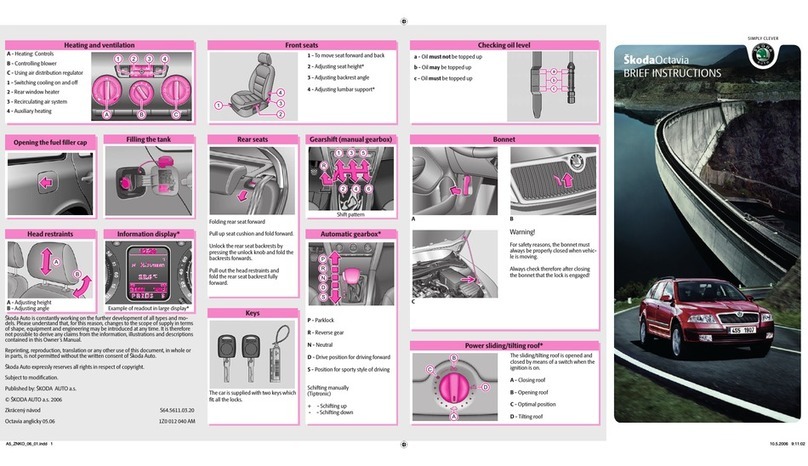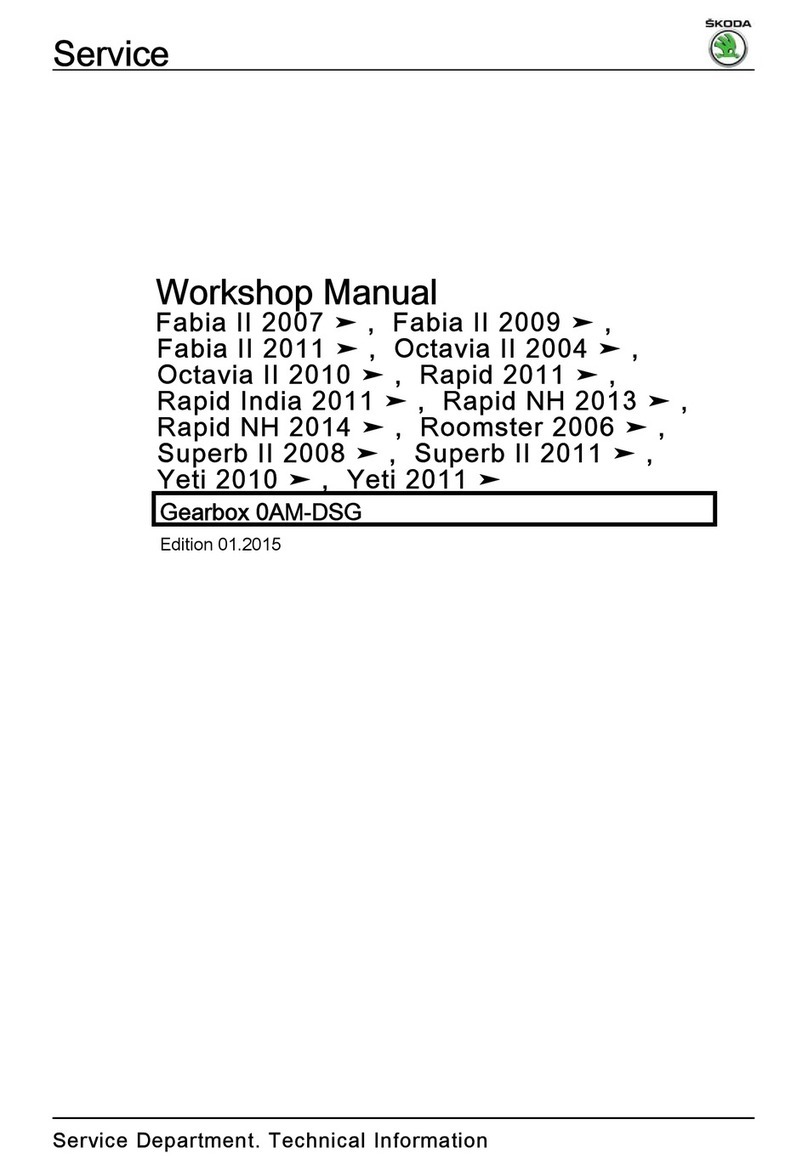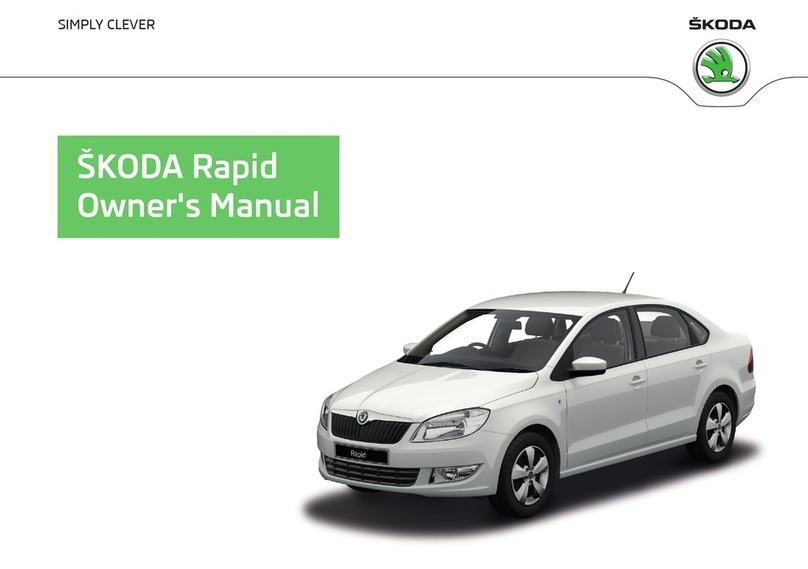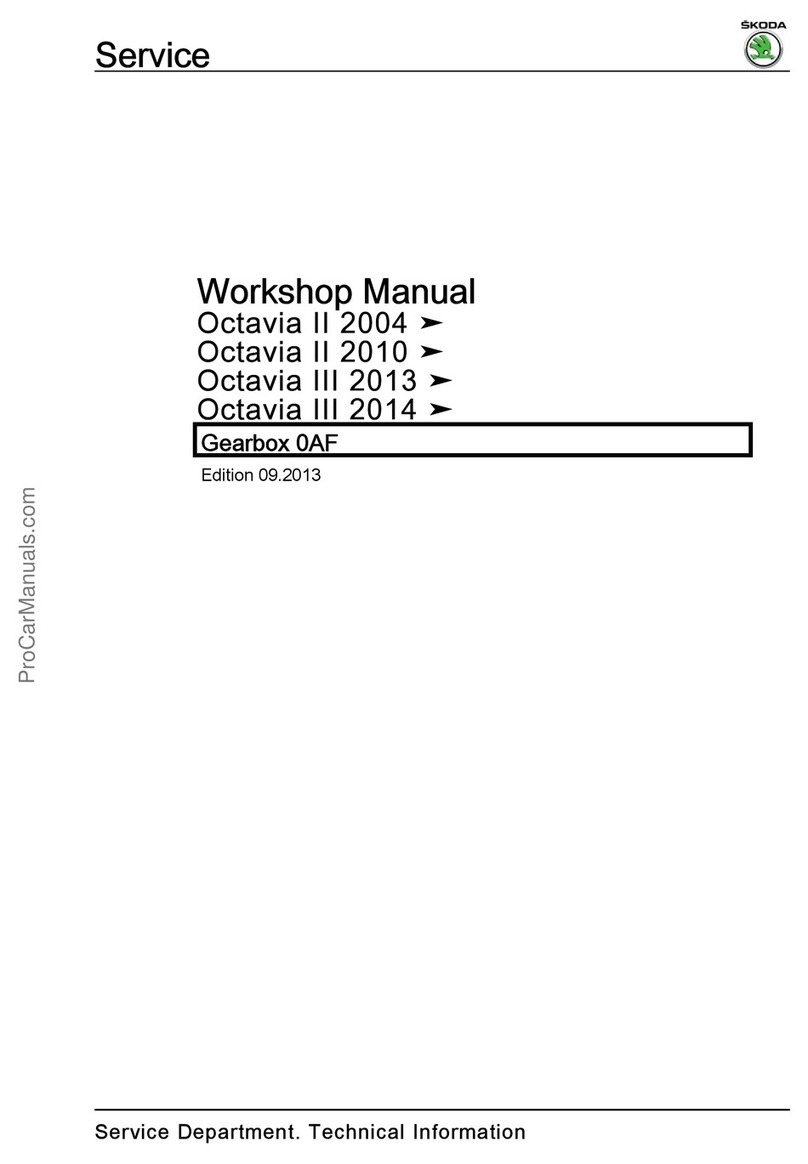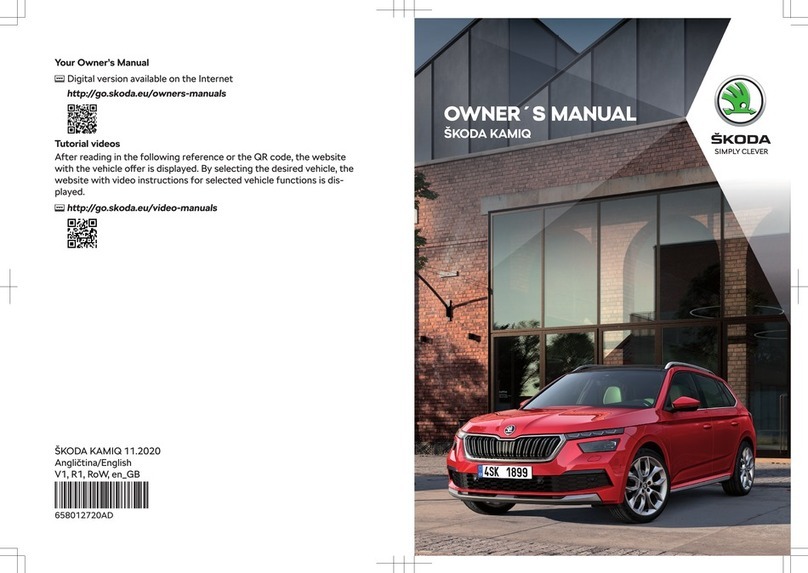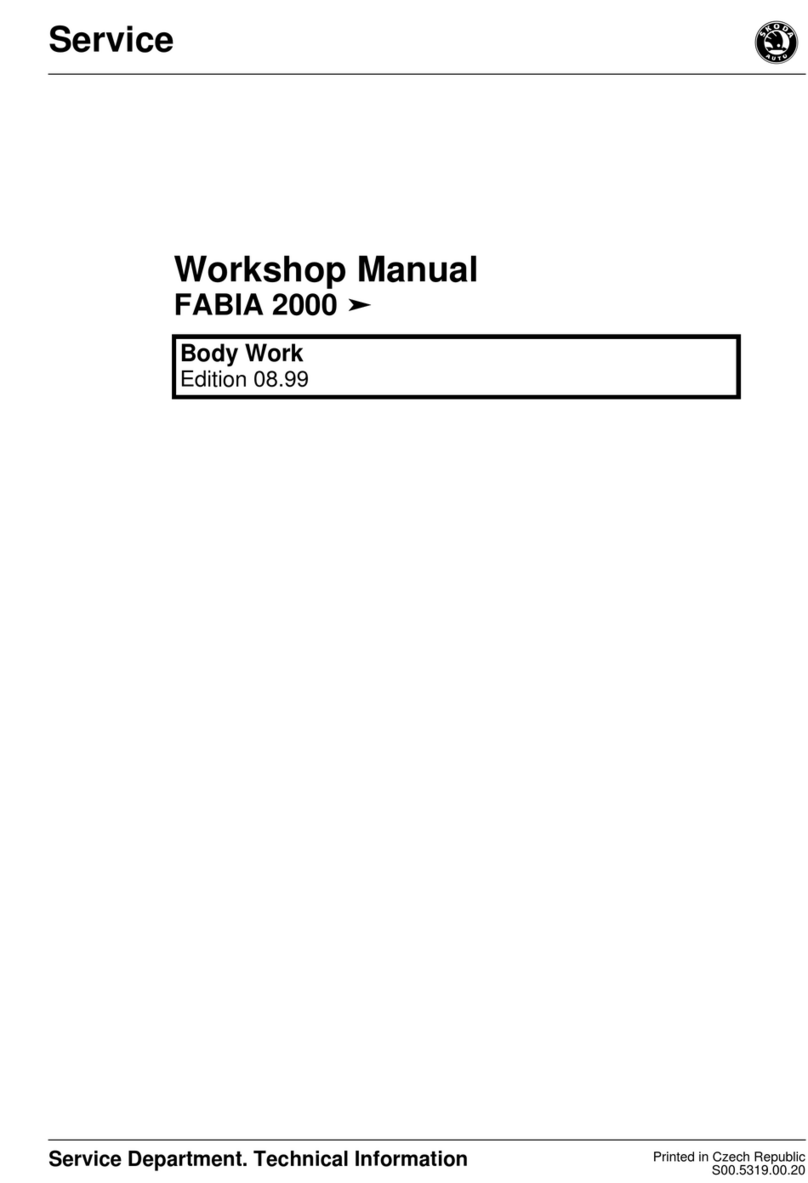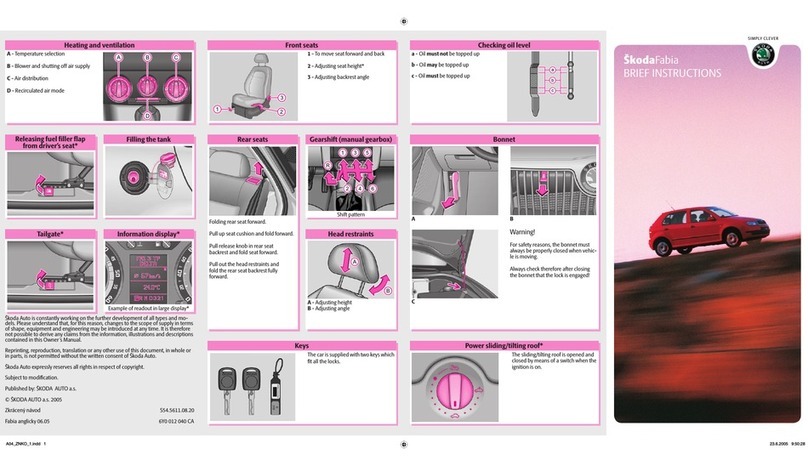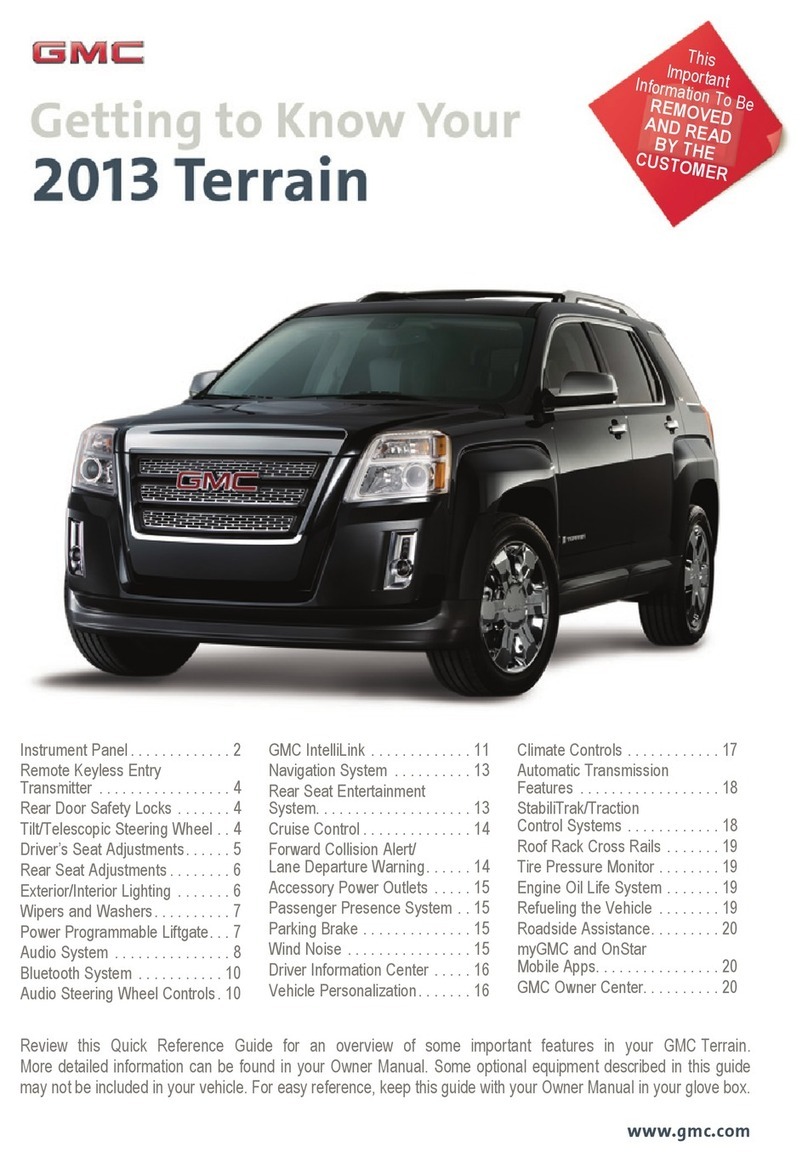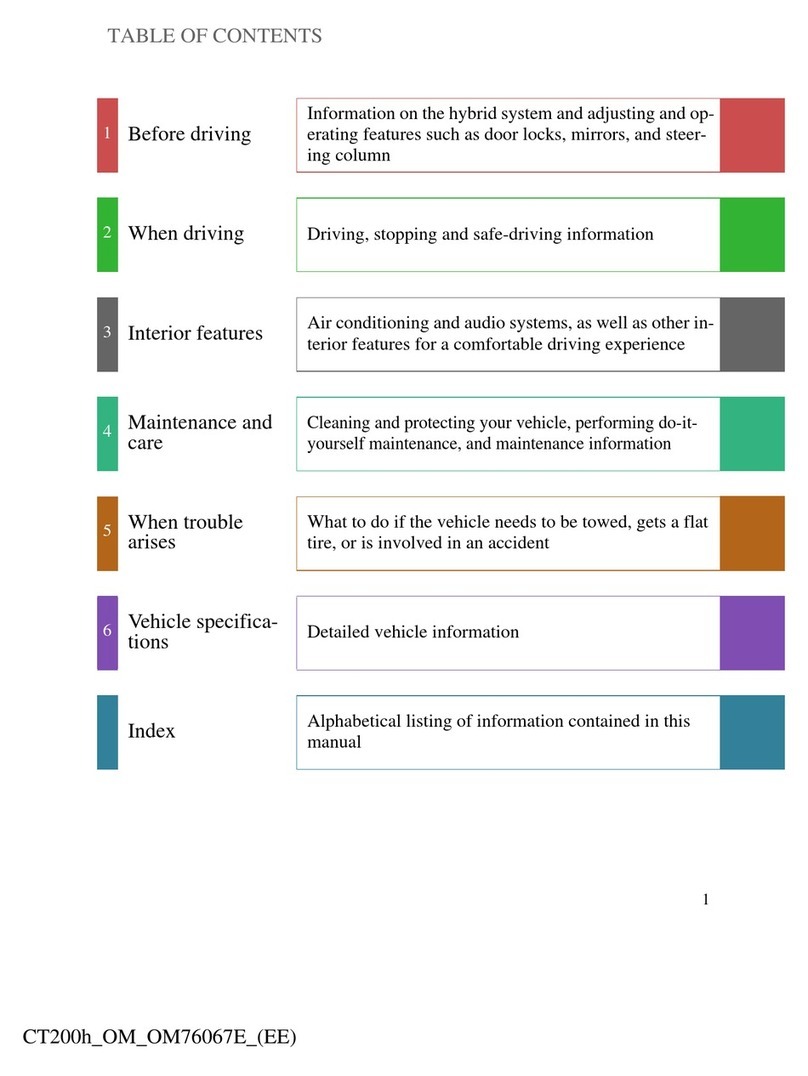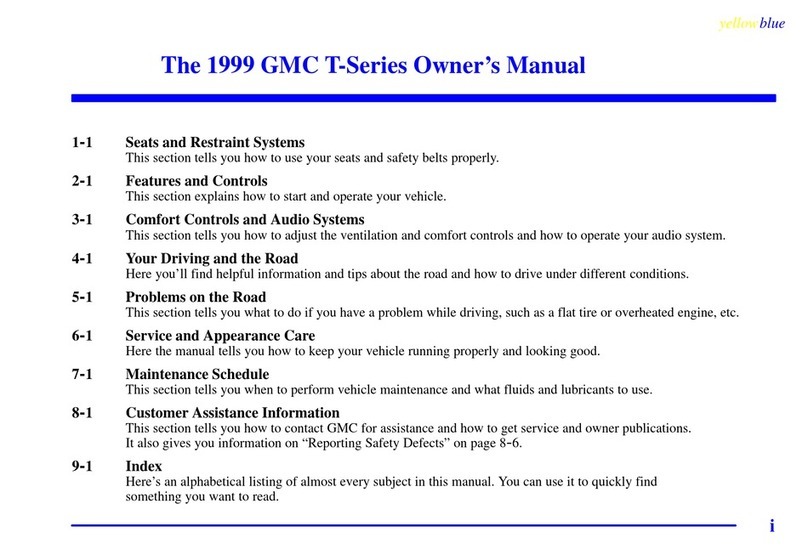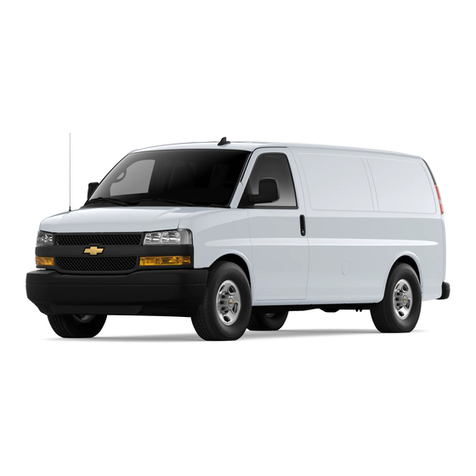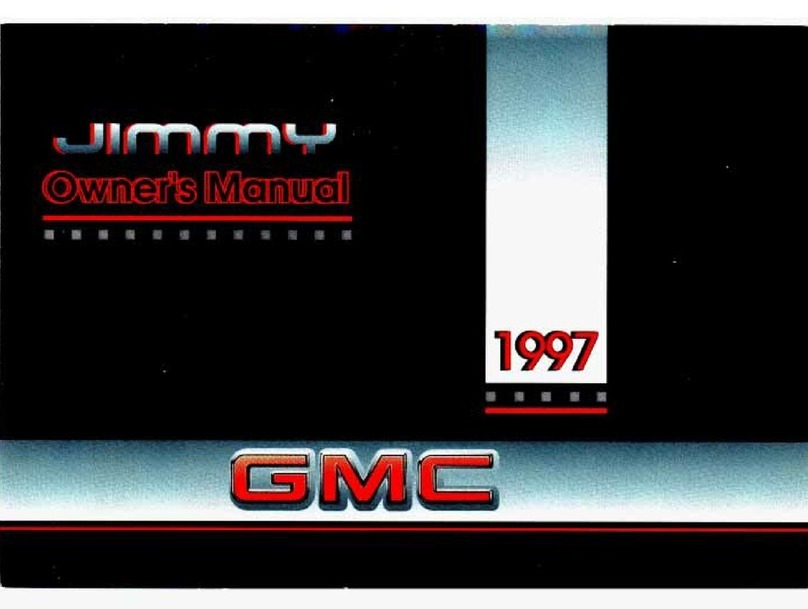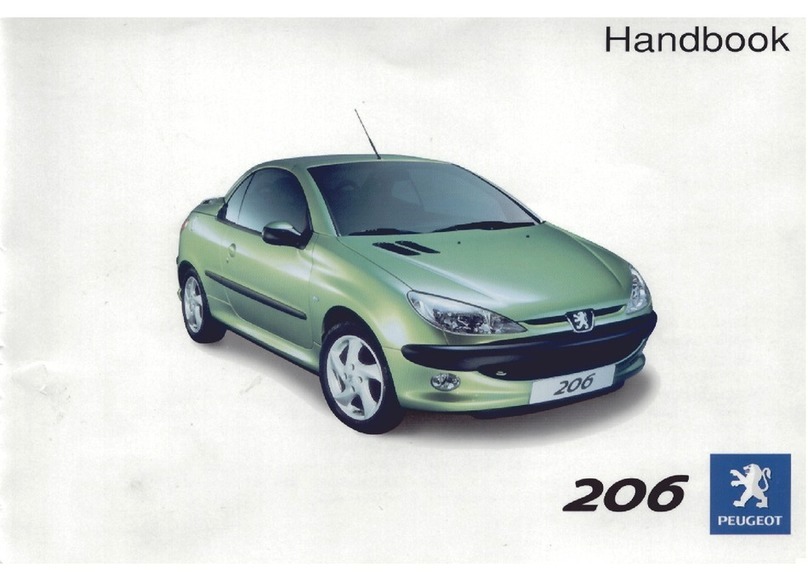KESSY system* 3
The functions of the central locking system, the safe securing system* and the anti-
theft alarm system* correspond to vehicles without KESSY system. Only the control
elements are different.
Control elements of the system:
•Sensor on the outside of the door handle for the front door ⇒fig. 4 - serves for
locking the vehicle,
•Sensor on the inside of the door handle for the front door ⇒fig. 4 - serves for
unlocking the vehicle.
Unlocking and locking the vehicle
Fig. 4 KESSY: Designation of the areas and unlocking/locking the vehicle
If a valid remote control key is located in the area or ⇒fig. 4 of the vehicle, it is
possible to unlock the relevant door of this area. This means, if the key is located in the
area , you can unlock the front left door. If the valid key is located in the area , it
is possible to unlock the boot lid.
Unlocking the vehicle
– If you hold the door handle of the front door or cover the sensor ⇒fig. 4 with
the whole palm of your hand, the vehicle is then unlocked.
Locking the vehicle
– Close the driver or front passenger door.
– If you touch the sensor with your fingers, the vehicle is now locked (while doing
so do not hold the door handle, otherwise the vehicle cannot be locked).
Deactivating safe securing system*
– Use your fingers to cover the sensor twice within 5 seconds.
Unlocking and locking the boot lid
– If you press on the handle of the boot lid, the lid is then unlocked. If the vehicle is
fitted with the electric boot lid* system, the lid begins to open after pressing the
handle.
– If the boot lid is closed, it is locked.
Check locking
After locking the vehicle with the aid of the sensor ⇒fig. 4, it is not possible to
unlock the vehicle with the aid of the sensor for 2 seconds. Thus, it is possible to
check if the vehicle is locked by pulling on the handle.
Note
If the vehicle battery or the battery in the remote control key is weak or discharged,
perhaps the vehicle cannot be unlocked or locked via KESSY. In such a case, use the
emergency unlocking or locking of the driver's door, see Owner's Manual.
Further possibilites of locking
Protection against inadvertently locking the key in the vehicle
If the key, which was used to lock the vehicle, remains in the vehicle in the area after
locking and closing all of the doors including the boot lid, the protection against inad-
vertently locking the key in the vehicle is activated and the vehicle unlocks itself again.
You are informed about the activation of the protection against inadvertently locking
the key in the vehicle by the turn signal lights flashing and the message Key in vehicle
which appears in the information display*. Additionally, on vehicles which are fitted
with the anti-theft alarm system*, an audible signal sounds.
Messages in the information display*
A few warning and information texts of the KESSY system in the information display*:



